Sharp 841SH Teardown and Analysis
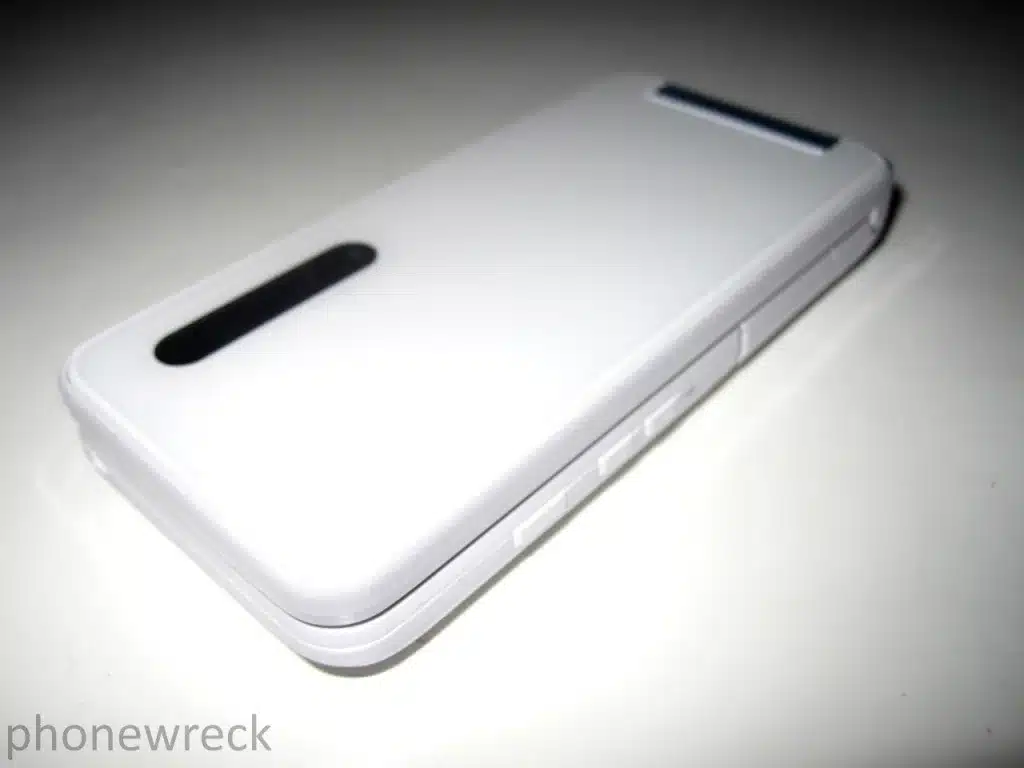
Introduction
Sharp’s “Waterproof” and Dustproof 841SH came by our desks and we couldn’t resist taking it apart. Most of the devices we teardown are built by large well-known ODMs or OEMs and have fairly distinguishable reference designs. We knew that Japanese devices were different. What kind of ICs did they use? Are these Asian phones prone to using unmarked, knock-off ICs?
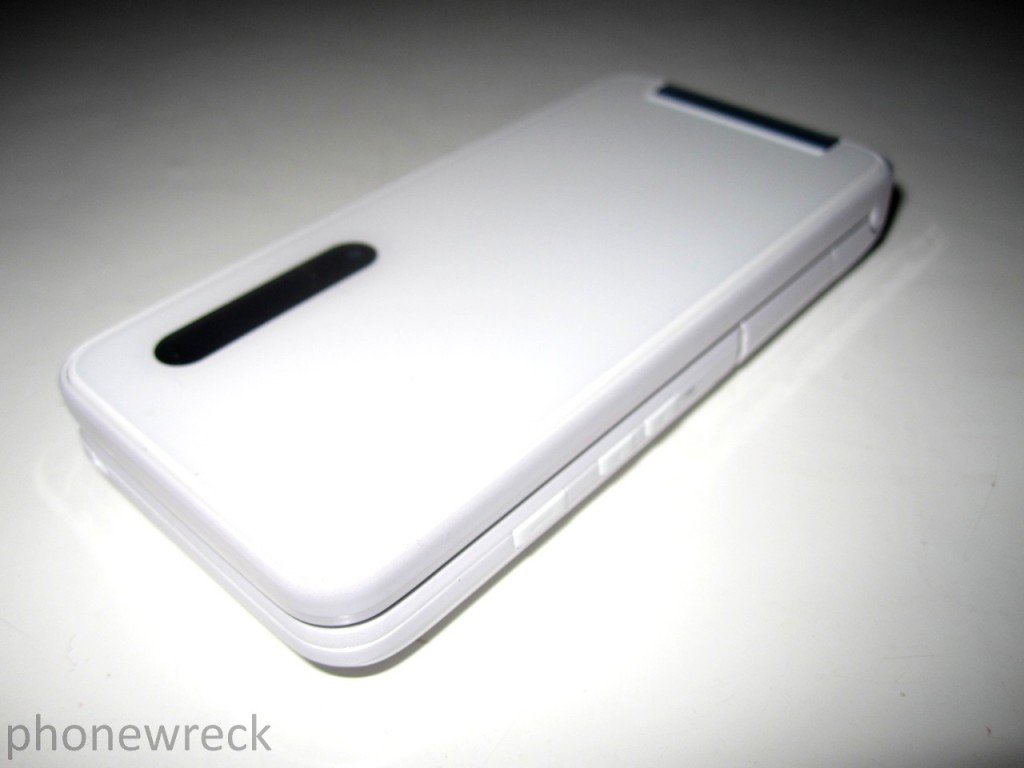
Exploring the Components
The answer is not as simple as you might think. Different networks and broadcasted TV capabilities mean different ICs. The phone definitely includes stuff we haven’t seen before – so what are the familiar devices?
SMSC’s PHY is a device we’ve seen before. USB is a standard in any multimedia-enabled mobile phone – even the proprietary connectors on these Japanese phones require a USB transaction device.
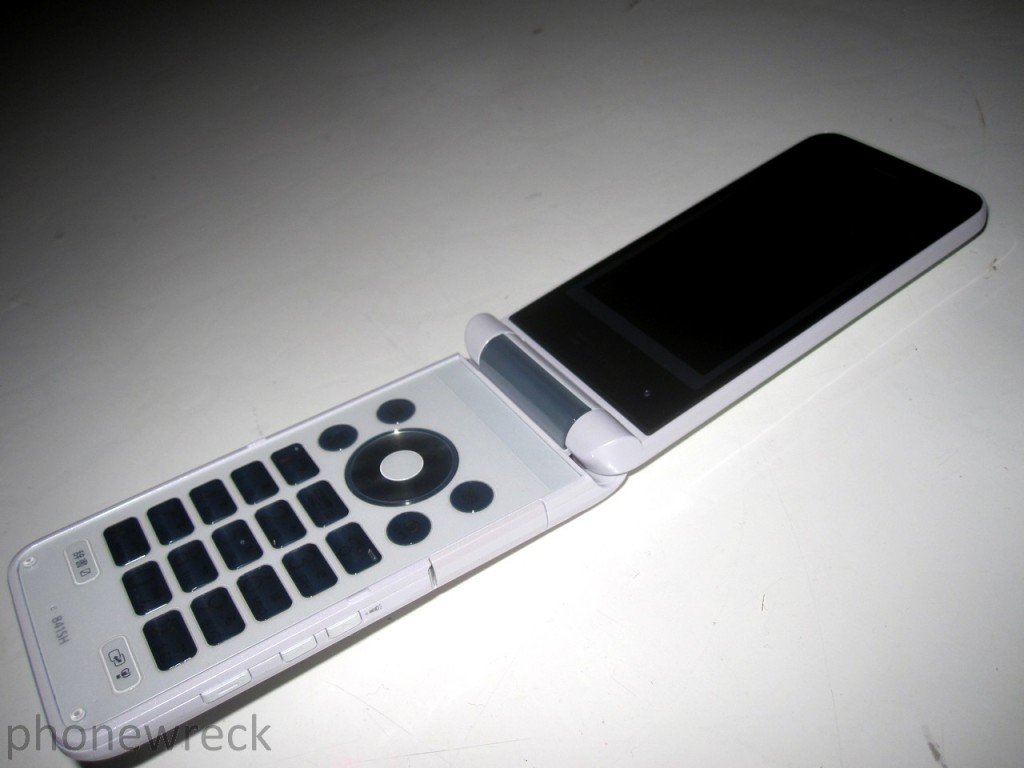
Application Core and Baseband
This device has both an application core and a baseband – a common design decision employed in many American devices. The difference being that the Toshiba app-core in this device is more or less a fixed function “Multimedia Engine”. This engine handles broadcast TV, and various video codecs render natively on the device.
Teardown Process
Taking apart the device wasn’t the most fun thing in the world. Sharp’s ODM used a 5 prong screw – we’ll call it a penta-screw. This is very unlike most phones we see, which have hex screws (6 prongs). Unfortunately, it’s hard to find these in North America; we had to order one from overseas.

The PCB had common, clip-in shields that can be easily pried off with a metal spudger or staple remover.
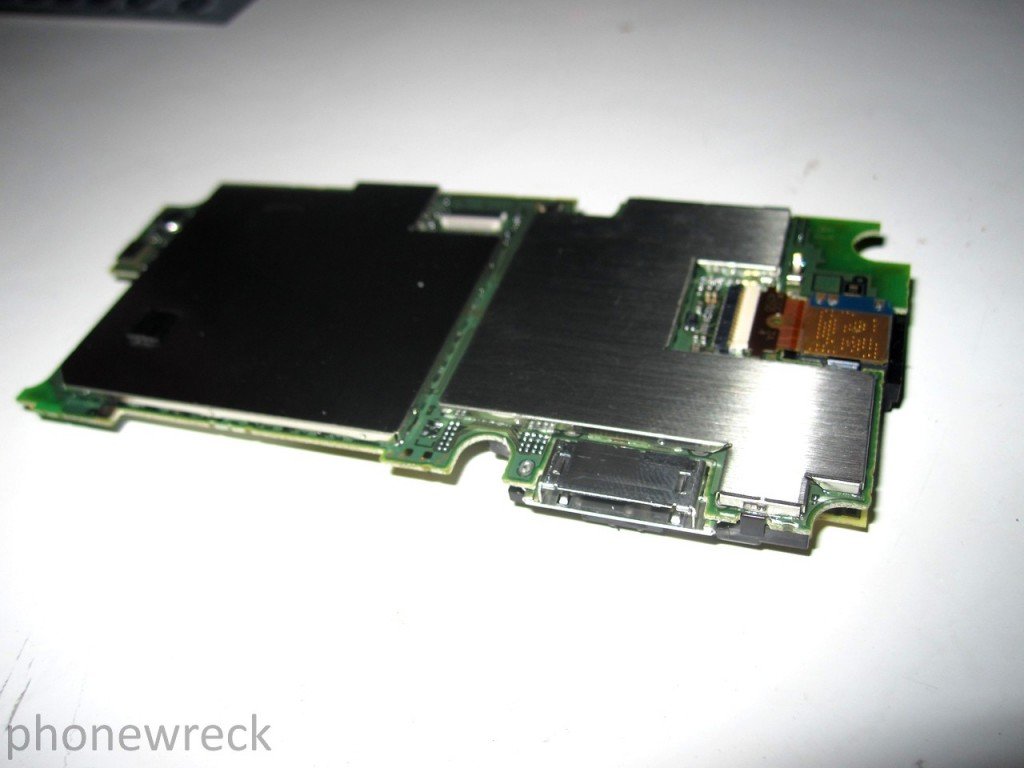
Once the shields were removed, all of the ICs were covered with translucent shields that needed to be pried/melted away. The residue left behind had to be cleaned before we could even ID the devices.
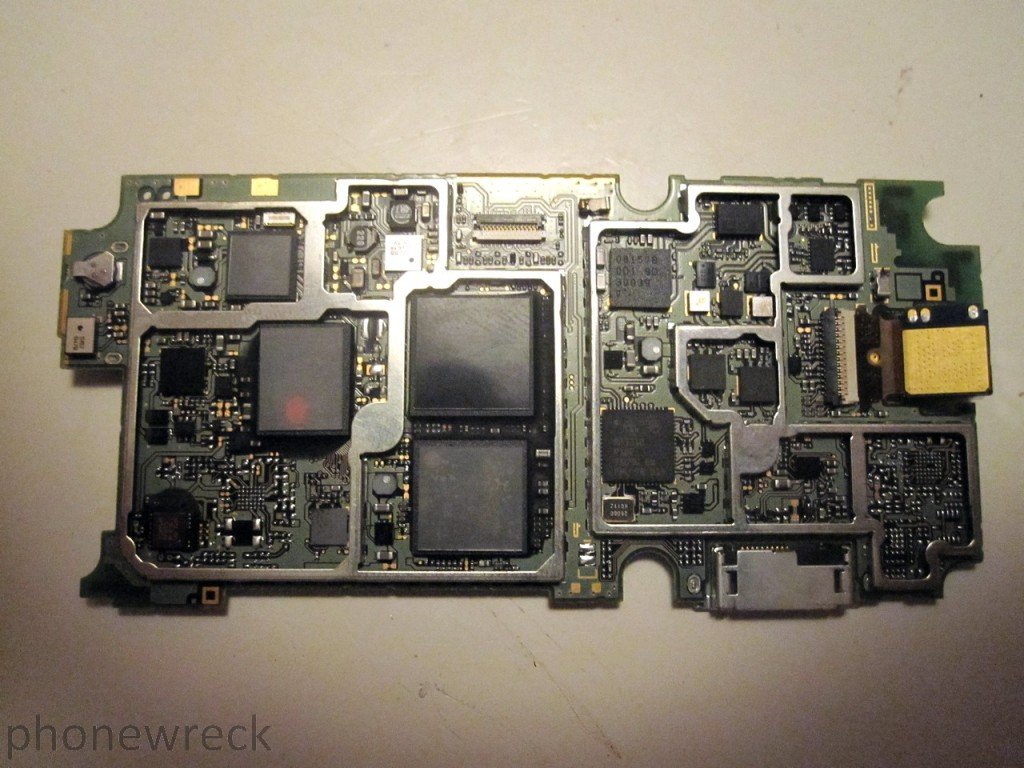
Key Components
Toshiba Applications Core
The applications core we mentioned before is worth a quick discussion. This product is designed by Toshiba and is a device we have not seen in any North American market phones. The T5GE devices contain 3 hardware accelerators – a video codec, a 3D graphics accelerator, and a JPEG codec. These features are common, with the exception of the support for TV reception. The T5GE’s also incorporate an LCD controller that supports LCD display at resolutions up to FWVGA (864 x 480).
Network Bands
This phone is also a Dual-band WCDMA (FDD I / FDD XI) & Tri-band GSM (GSM900 / DCS1800 / PCS1900) Dual mode Cellular Phone. These are bands we definitely do not regularly see in North American devices.
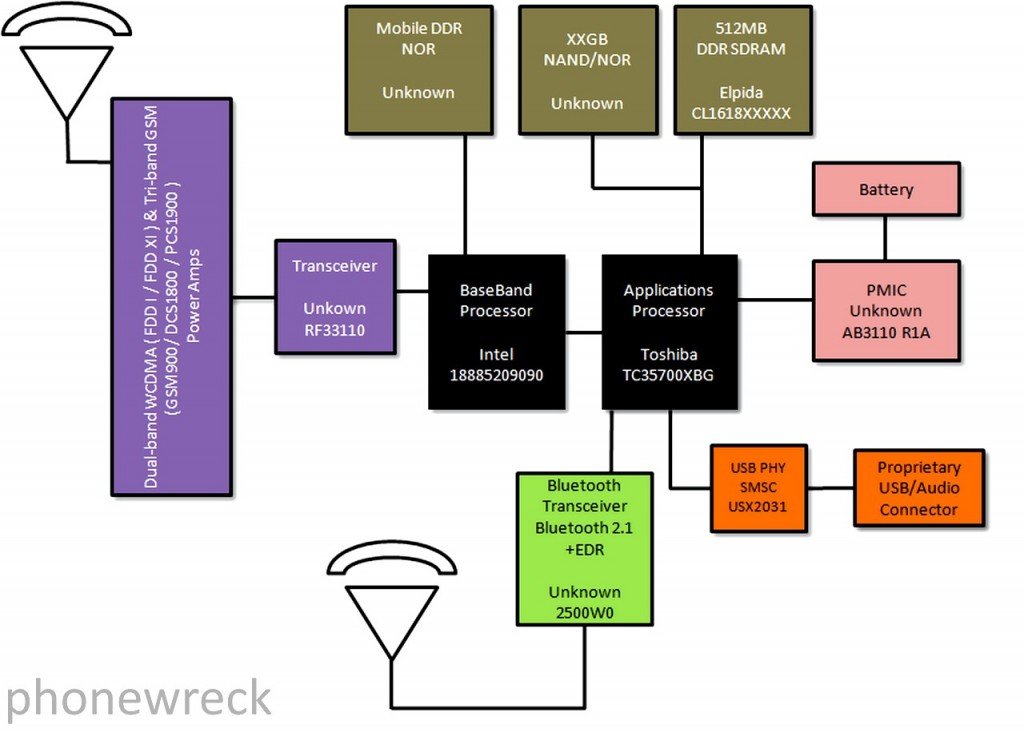
Conclusion
So what’s the skinny? We had a hard time ID’ing many of the chips on this phone. If anything jumps out at you, let us know!
Our conclusion is that some of these devices might be knock-off ICs but it’s hard to say. The fundamental phone architecture remains the same.

